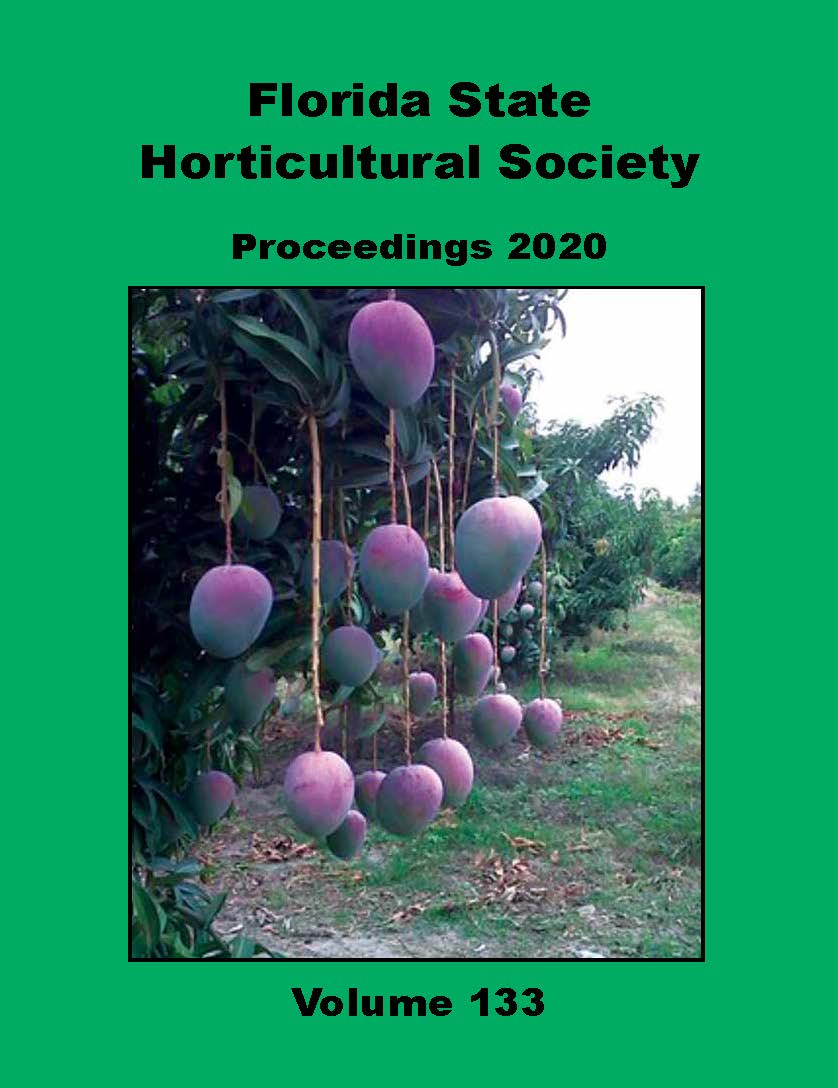Abstract
The mango, Mangifera indica L. (Anacardiaceae), is the best known and most widely cultivated species in the genus
Mangifera. There are over 69 Mangifera species currently recognized in Southeast Asia, with many species locally rare
and/or included on the IUCN Red List of Threatened Species. Mangifera casturi (Kasturi) is reported as extinct in the
wild, although fruit of M. casturi are sold at fruit markets in the south of Kalimatan (part of Indonesia and the southern
portion of Borneo). There are three reported introductions of Kasturi in south Florida, including deep purple, green,
red, and yellow fruit; two of them are included at the USDA plant introduction state at Chapman Field in Miami, FL.
Interviews with the pioneers who introduced M. casturi to the United States were conducted to clarify the importance
of the accessions. M. casturi is a vigorous tree that forms a tight, upright canopy with shiny, dark green leaves which
contrast with the bright red new growth. It might be interesting to grow Kasturi in South Florida as a boutique market
fruit, due to its adaptability to the local climate and the fact that both blooms and fruit are tolerant of anthracnose.
The fruit usually weigh 40 to 50 g. They are fibrous, with a juicy sweet flavor resembling passion fruit and lychee.

